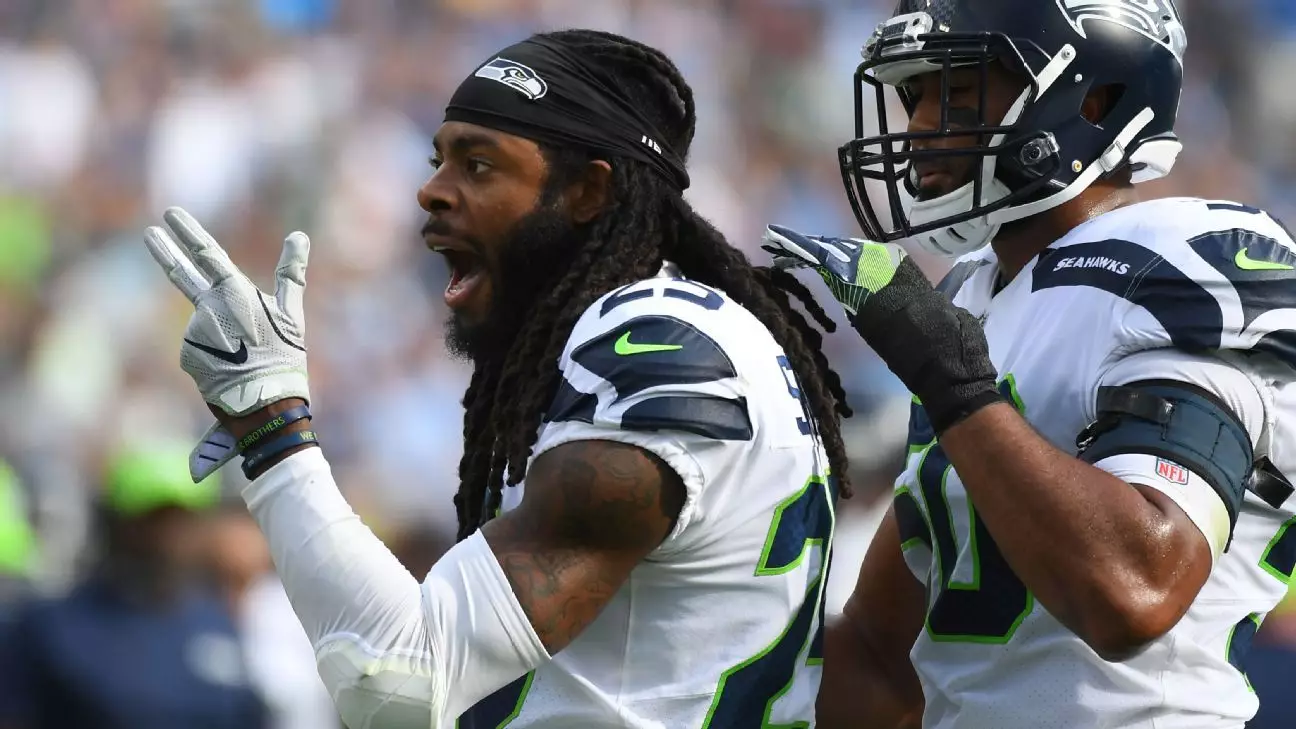In an unsettling development that highlights the intersection of fame and vulnerability, a 21-year-old Seattle man, Earl Henderson Riley IV, has been arrested and charged with a series of burglaries aimed at the homes of prominent athletes. This scenario is not just alarming; it raises broader questions about the safety of high-profile individuals. Professional athletes, who often appear impervious to the common concerns of society, become prime targets for criminal enterprises seeking quick financial gain. The highlight of this distressing occasion is the shocking value of the stolen items—luxury goods from Louis Vuitton garments to priceless jewelry—as well as the violation of privacy that each burglary entails.
Riley’s alleged criminal antics may seem surprising, but they reveal a troubling trend in which athletes’ homes have increasingly become hunting grounds for skilled criminals. Athletes, frequently away for games or training camps, often leave their homes unattended, making them ripe for exploitation. In Riley’s case, he reportedly pilfered over $200,000 worth of merchandise from MLB stars and NFL veterans alike—jewelry, high-end purses, and even prized watches taken right from their sanctuaries. This stark realization makes the uncomfortable truth clear: even those living in the heights of society are susceptible to fear and violation.
Criminal Collaboration and the Consequences of Greed
What is even more troubling is the intricate web of crime that accompanies such burglaries. The nature of these criminal operations suggests that they are not merely opportunistic acts but instead part of a larger, organized strategy. Coordinated group efforts targeting multiple high-value residences denote a stark level of premeditation and determination. Prosecutors have stated that investigations have uncovered links to organized crime—hinting at a systemic issue that extends far beyond individual cases.
Legal experts have repeatedly emphasized that the consequences are dire not only for the victims but also for the perpetrator. Riley, currently held on a staggering $1 million bail, faces multiple counts ranging from residential burglary to first-degree robbery. This not only marks a turning point for his life but puts a spotlight on the larger issue at hand: security and safety for those whose lifestyles can inadvertently expose them to danger. The worries surrounding personal safety for athletes should not just revolve around their performance on the field, but also encompass their very lives outside of sports.
Burglaries in the Shadow of Fame
The FBI has shed light on the growing trend of criminal enterprises specifically targeting professional athletes. Instead of solely placing blame on the athletes for enticing potential criminals with their wealth and status, one must recognize that the responsibility primarily lies in empowering security measures and offering protection to those who may not always perceive themselves as potential victims. The issue also forces society to confront uncomfortable realities about the intersection of fame and private life, revealing that public personas often hide fragile foundations vulnerable to intrusion.
Organizations like the NFL and NBA have echoed the concerns of the FBI, warning their players about ongoing risks. There’s a dreary irony in professional athletes drawing in fans, accolades, and wealth while simultaneously attracting unwarranted scrutiny and danger. This twisted sense of fame taints the very essence of competition and achievement. Athletes should be safe in the sanctity of their homes, free from the paranoia bred by fears of being robbed.
The Need for Enhanced Security Measures
The cascade of burglary incidents prompts a significant reassessment of security protocols not just for athletes but for all individuals who may unintentionally lure criminal attention. Increased public awareness should pave the way for enhanced security measures. There remains a crucial need for comprehensive educational campaigns about home safety and security technologies tailored specifically for high-profile individuals. Utilizing modern intelligence-driven security systems can provide an essential layer of protection, but athletes must also be proactive in choosing safe neighborhoods and reinforcing community ties that can act as a deterrent against crime.
Only by addressing these factors can society hope to mitigate risks and create a secure environment for athletes. The memories of grandeur should not be tarnished by the grim realities of vulnerability. As investigations into cases like Riley’s continue, we must collectively advocate for a transformative approach to security and safety that respects not just the success of athletes, but their right to live without fear.


Leave a Reply